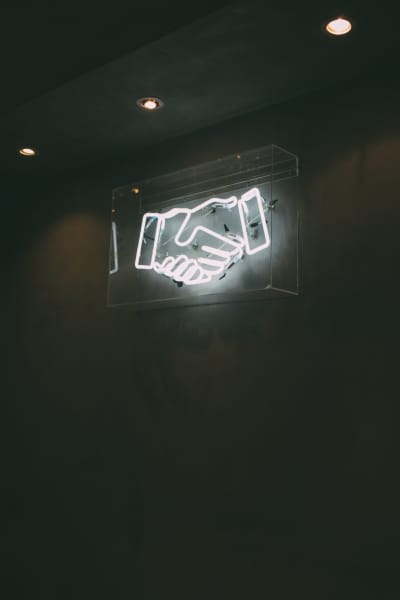Japan is a place of sacred, traditional and highly respected rules and etiquette. You may know about how the Japanese sit on the floor with their legs crossed, or you may even know that eating while walking is considered rude. Either way, the Japanese are no strangers when it comes to unique manners and etiquette. This isn’t a bad thing at all. However, when a tourist comes to visit the country for the first time, it can leave you fairly confused. Greeting people is a main concern that new tourists have when visiting Japan for the first time.
So that leads us to the main question of this article, is it rude to shake hands in Japan?
Shaking hands in Japan is not rude by any means. However, it is not used as a method of greeting as much as it is in other countries. The Japanese do not expect tourists to know the proper way of greeting, and therefore, will not hesitate to shake your hand in reply. The usual method of greeting consists of a gentle bow of the head.
So, you now know that isn’t rude to shake hands with people in Japan. However, this doesn’t mean that it is the preferred way of greeting someone. Also, there are certain things to take into account when greeting someone, which I have delved into deeply in this article.
Should You Shake Hands in Japan?
You now know that shaking hands in Japan isn’t rude. So, should you do it? Well, that is completely up to you! You are more than welcome to shake hands in Japan.
Despite shaking hands not being the general way of greeting someone in the country, the Japanese understand pretty well that visitors may not catch on to the more traditional method of greeting.
Also, not only this, but in certain situations, a handshake is probably the more preferred method of greeting by everyone in the situation. A prime example of this is international business meetings. This is so the greeting is professional, without any confusion or awkwardness being present.
You may be thinking to yourself that bowing isn’t that hard, so there’s no reason to not just stick to the Japanese way of doing things. And, technically, this is true. However, there are different types of bows for different kinds of people. It all comes down to your relationship with that person and their stature of reputation.
To avoid confusion, many Japanese people would actually go for the handshake first when greeting a tourist. This is because they know that tourists may not be completely knowledgeable of their greeting methods, so they would rather go for the handshake to prevent any awkwardness.
Despite this, that isn’t to say that you can’t participate in bowing if you are someone who likes to stick to the tradition when visiting another country! The Japanese people aren’t judgmental at all, and they would appreciate you taking the time to learn the preferred way of greeting someone.
With that being said, if you’re going to do it, you’ll want to do it properly. Read on to learn how to bow to each type of person properly and appropriately.
When Should You Bow in Japan?
So, you want to know how and when to bow in Japan? Or, you are at least a tiny bit curious about the rules that go into it. Well, fear not, as you are in the right place.
After doing some thorough research, I came across an amazing article written by Tofugu which really delves deep into the history of bowing and how it is used in today’s society. Although I have included the basics of bowing when greeting someone, Tofugu has gone in-depth with other situations and how you should bow based on them.
Now, let’s get into how you should bow when greeting different kinds of people in Japan.
Greeting A Friend Or Relative
In many countries, greeting a friend or relative is nothing too serious. The principles are fairly similar in Japan. When greeting a close friend or relative, there is no need to bow fully. A simple small nod of the head is more than enough for greeting someone so close to you.
Greeting Someone Of Equal Stature Or Power
As mentioned in the guide from Tofugu, greeting someone of equal stature could mean a friend of a friend or a colleague with the same job role or earnings. To put it simply, it means when you are greeting someone in the same sort of situation as you in life and in that exact moment.
So, how do you greet people in this category? Well, it is slightly more formal than greeting a friend or relative, but nothing to stress about massively. The bow for this situation consists of a 15-degree bend and can be used for many reasons, not just a greeting. It can also be sued to show respect, show thanks and more.
Greeting Someone Of Higher Power
As in many countries, meeting someone with more wealth or power in Japan is a very formal situation. When greeting someone with a higher reputation or power, the correct bow for you to do would be a 30 – 45 degree bend. This shows great respect to those who you are greeting.
Conclusion
When visiting Japan, wondering whether to bow or not should not really be of massive concern. As mentioned already, the Japanese are very catering people as it is, therefore, they do not expect tourists to know all of their traditions.
If you are really concerned about the way you greet people while being in Japan, a simple nod of the head will suffice.

